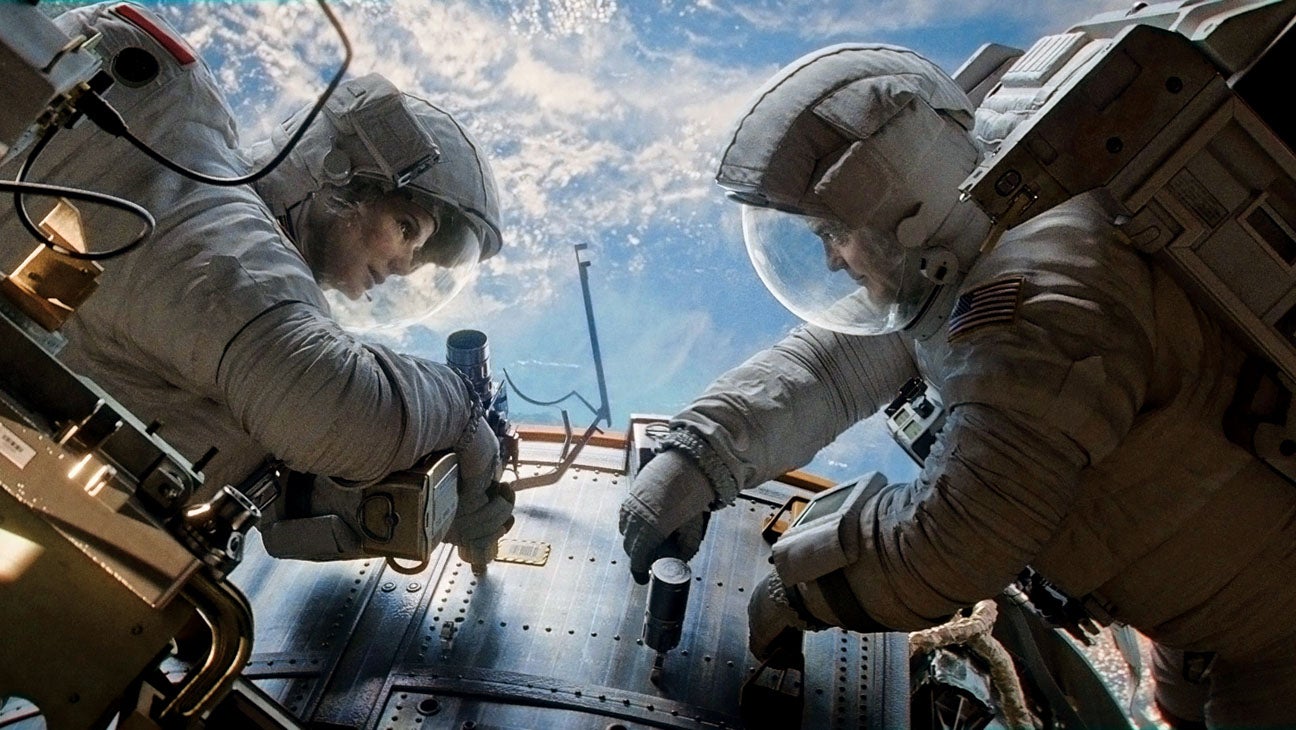The irony is the format that many of these blockbusters were supposed to be presented in (according to the accountants of Hollywood's six major studios) has been dying a slow death, but now, thanks to one film, might just have saved itself from extinction.
I have been watching the future of 3D for a while now. Having sought insight from industry professionals whilst putting together a documentary all about the subject (you can see here), I concluded there was no consensus about the direction that this medium, once the reserve of ludicrous theme park attractions and even more ludicrous sequels (Jaws 3-D), was heading.
The term 'gimmick' came up just as much as 'filmmaking tool', so for the time being, 3D divided opinion enough for it to ensure a (short) future on the silver screen.
Yet while we marvelled at Avatar and Hugo, the uptake on the format through other devices has been less enthusiastic. In fact you could argue that everywhere outside of the multiplexes, 3D has been cast to a very real and touchable grave.
Take TV for instance. A year ago, you couldn't walk into Currys or John Lewis without having 3D TVs thrust in your face (sorry). Dawdling non-believers would be ushered into a mock lounge, sat onto a sofa, handed a pair of plastic glasses and told to suspend belief while a Demo clip was beamed onto the biggest and brightest set the salesperson could find.
Said non-believer would be immediately converted, having winced everytime the camera zoomed through a cityscape or provided a close up of a hummingbird hovering in slo-mo. Telly bought, plonked into lounge and every neighbour within a 4-mile radius contacted in order to show off the latest innovation.
Dips and nibbles would've been purchased and the whole event would have been hilariously over the top. But then, said bumbling, non-researching converted individual would soon discover there was nothing in 3D to watch. Unless he was shelling out £60 a month on Sky's ultimate package or had a £150 3D BluRay player, he was squnting at the Queen Vic, wondering if the 2D to 3D converter feature was making EastEnders anymore watchable.
The truth is for telly there is unlikely to be anymore content. Sports was where 3D home entertainment was meant to thrive. Yet at the end of last month, ESPN in the States shut down their 3D channel, citing a 'limited viewer adoption of 3D services'. In the Summer this year, the BBC suspended plans to launch 3D programming, again due to a 'lack of public appetite'. You get the feeling that by not launching a 3D channel, even at the height of 3D's popularity, it is unlikely we'll be seeing Bruce Forsyth stumbling his way through Strictly Come Dancing in the third dimension.
Gaming is another format where 3D was meant to thrive. The Nintendo 3DS is a good indicator of the format's popularity, yet after health concerns plagued the console's launch in February 2011, the console has posted solid sales results. It hasn't fared as well as its predecessor, the Nintendo DS , but it's excellent range of games have ensured continued popularity.
Is this because of the 3D element? Well, despite the heavy reductions in price (you can pick up the console for £130), Nintendo has been heavily promoting it's budget younger brother, the 2DS. We've essentially gone back to the original DS model, a console which is nearly 10 years old, and added better graphics and chopped £30 off the price. And yes, this ugly, two dimensional producing handheld is set to be one of Christmas' bestsellers.
So for all intents and purposes, its time to bin those plastic monstrosities you only ever wear to a 3D movie or a Harry Potter-themed party and go back to watching TV normally, without worrying which headache tablet you'll require three hours later.
But not so fast, George Clooney and Sandra Bullock have something to say about that!
 |
| "Together, we can make people enjoy wearing ridiculous plastic glasses" |
The numbers for its 3D showings have been astounding. There have been films before where you 'needed to see it in 3D to truly appreciate it' but it appears audiences have really cottoned onto that tag this time. Of the film's weekend opening gross, 80% ($44 million) was from the 3D showings. A staggering figure, which includes $11million just from IMAX 3D, the higest figure from this format for a film grossing over $50million.
Gravity opens in the UK next week and it will be interesting to see if it can emulate the success of the States.
So where does this leave 3D? A false dawn?
The number of 3D films released in 2014 is down compared to 2013, which is down again on 2012. Next year sees many of the usual suspects go 3D, including Marvel superheroes, Hobbits, computer-animated birds and Justin Bieber.
It is likely then that 3D becomes just another tool in a filmmakers' arsenal. Gravity has triumphed because it is different, it is a two character piece set against the silent backdrop of space. Even without the 3D it would have been talked about, yet the 3D adds that element of spectacle that gets your everyday cinema-goer excited.
Some choose black and white, some choose to ramp up the contrast, and in the future, others will use 3D. It is a dying format yes, but an artistic one nonetheless, and one that as it becomes less pressurised by studios to tack on at the last minute, will be applied more artistically by filmmakers.